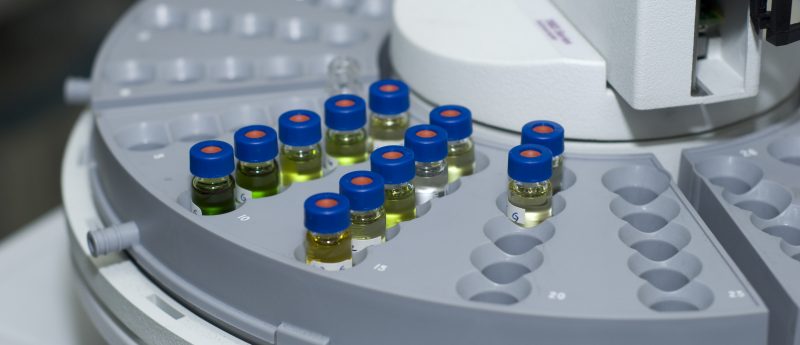The role of micro- and nanotechnologies in quantitative biology

The latest issue of the Society for Laboratory Automation and Screening Technology journal shines a spotlight on the continuing development of research assays in ten new reviews and original research articles. The papers highlight the progression of assays from qualitative to increasingly quantitative outputs.
This progression enables researchers and clinicians to detect and quantify increasingly complex assays and how this is pushing forward the fields of life sciences, biomedical research and diagnostics.
The development of digital assays are central to the issue with a two-part review by Amar Basu (Wayne State University; MI, USA). This is published alongside a selection of papers detailing improvements in assay design, such as data partitioning. These advances are allowing for quantification of rare mutations in increasingly smaller sample volumes and for a more comprehensive analysis of heterogeneous populations as well as rare biological samples.
The findings describe the effect that the integration of microfluidic technologies into all aspects of assay development, sample collection, sample trapping and detection has had on the fields of life science and biomedical research.
There are numerous examples of this including improved label-free detection of molecule-protein interactions with increased sensitivity as well as a 10-fold increase in array sample size. This is achieved by using flow cells in microscope slide, improved tissue dissection and sample processing to improve analysis of smaller sample sizes in quantitative assays related to cancer diagnostics, developmental biology and drug screening.
Sources: Chow E, Basu AS, Wen JT et al. Micro- and nanotechnologies for quantitive biology and medicine. SLAS Technol. 22(4) (2017); www.eurekalert.org/pub_releases/2017-07/sfl-man071317.php





